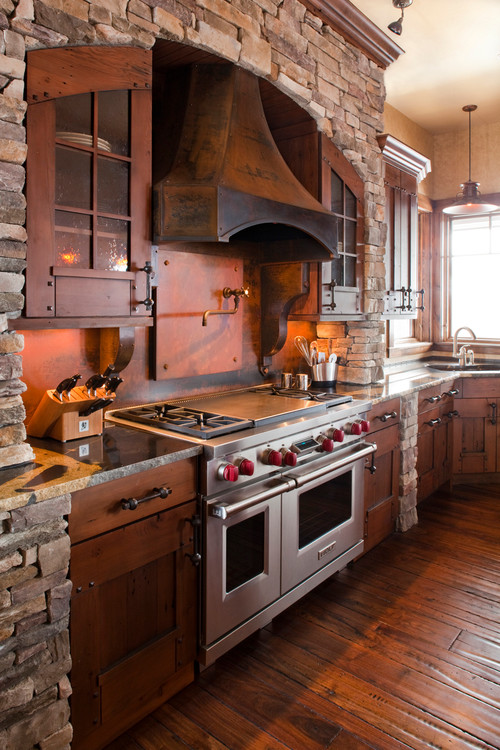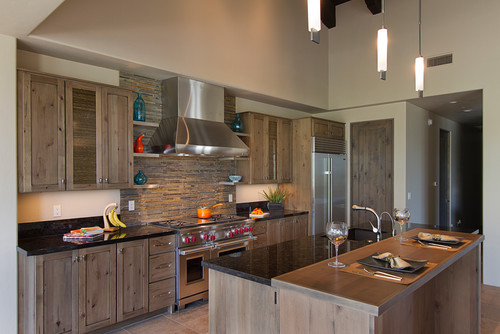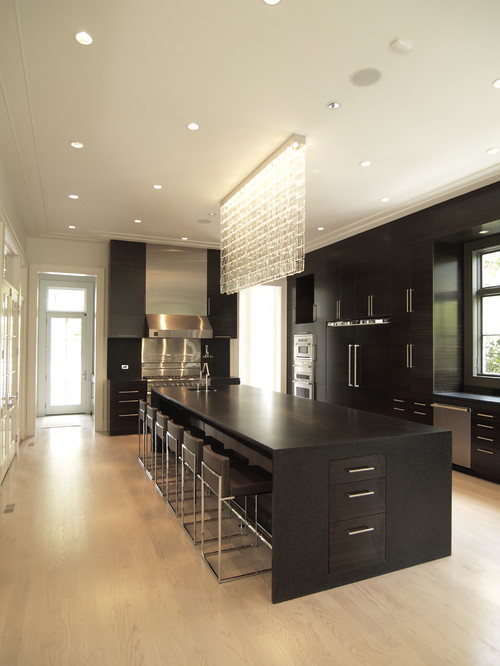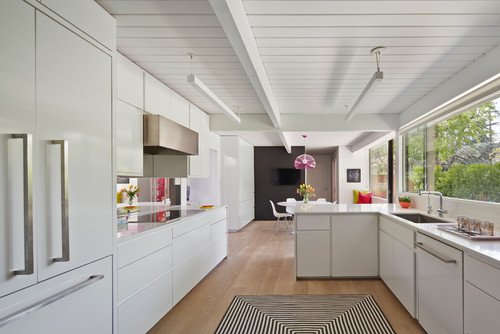Natural vs. Engineered Wood Kitchen Cabinets: The 2025–2026 Guide

Modern 2025 kitchen showcasing Natural vs. Engineered Wood Kitchen Cabinets
The debate between Natural vs. Engineered Wood Kitchen Cabinets is central to planning a kitchen that blends timeless appeal with modern functionality in 2025–2026. At rtadepot.ca, we help homeowners move beyond outdated layouts with high-quality, beautiful cabinetry. Choosing between authentic solid wood and advanced engineered wood impacts day-to-day use, long-term durability, and resale value.
Core Differences in Natural vs. Engineered Wood Kitchen Cabinets

Easy maintenance and cleaning for Natural vs. Engineered Wood Kitchen Cabinets
Short Answer: Natural wood kitchen cabinets use solid lumber for unique, organic grain and refinishability. Engineered wood kitchen cabinets bond fibers, particles, or veneers under pressure for excellent stability and cost efficiency.
Natural Wood Cabinets: Species like Oak, Maple, and Cherry deliver authentic character—no two kitchens are identical. While the upfront cost is higher, the look, feel, and potential resale benefits are significant.
Engineered Wood Cabinets: Modern, stable, budget-friendly cores ideal for today’s designs:
- ✓ Plywood: Cross-laminated veneers resist warping and deliver excellent strength—premium engineered core for kitchen cabinets.
- ✓ MDF: Fine uniform fibers create a smooth surface—ideal for flawless paint, lacquer, or thermofoil on minimalist doors.
- ✓ Particleboard: Economical for dry environments and rental properties; best paired with durable laminates.
Which Is Better for Your Home: Natural vs. Engineered Wood Kitchen Cabinets?
Short Answer: Choose natural wood for timeless grain, repairability, and long-term value. Choose engineered wood for humidity stability, seamless modern finishes, and budget efficiency.
Why Choose Natural Wood Kitchen Cabinets?
Solid wood is a premium, long-lasting choice that can be repaired and refinished over time. With proper care, many natural wood kitchen cabinets provide decades of service while aging beautifully.
Advantages of Engineered Wood Kitchen Cabinets

Modern kitchen cabinet design trends in 2025 using engineered wood cores
Engineered wood provides excellent dimensional stability—great for humid climates—and supports the sleek, consistent finishes popular in contemporary kitchens.
2025–2026 Kitchen Trends Featuring Natural vs. Engineered Wood Kitchen Cabinets
Short Answer: Industry outlooks for 2025–2026 point to “quiet luxury,” biophilic warmth, sustainable materials, and concealed storage—trends that both natural and engineered wood cabinets can achieve beautifully.
The modern kitchen is personal and highly functional. Both natural wood and engineered wood approaches bring these trends to life depending on your budget and aesthetic.
Trend 1: Authentic Wood Grains in Natural vs. Engineered Wood Kitchen Cabinets

Modern cabinet design with trending wood grains (2025)
Painted kitchens remain classic, but natural wood grain is resurgent for warmth and texture. High-quality veneers on stable engineered cores mimic White Oak or Walnut looks at accessible prices.
- ✓ Natural Wood: White Oak for light, airy feels; Walnut for moody luxury.
- ✓ Engineered Wood: Veneered plywood/MDF for stable, consistent grain across large runs.
Trend 2: Minimal, Concealed Kitchens with Engineered Wood Cores
Handle-less fronts and integrated appliances thrive on the smooth, consistent surfaces that engineered wood provides. Natural wood flat panels can soften minimalism with organic warmth.
Cost Comparison for Natural vs. Engineered Wood Kitchen Cabinets (2025–2026)
Budget and longevity both matter. Use the averages below as planning ranges for installed cabinetry.
While engineered wood offers lower entry costs, the longevity and refinishability of natural wood can improve lifetime value. At rtadepot.ca, our premium RTA and pre-assembled options aim to balance price, durability, and design—no compromise.
Sustainability: Natural vs. Engineered Wood Kitchen Cabinets

Organized, sustainable kitchen with modern cabinets
Natural Wood: Favor FSC or SFI certified lumber for legal, responsible forestry. Sustainably sourced solid wood stores carbon and can be repaired rather than replaced.
Engineered Wood: Efficient use of wood byproducts reduces waste. Look for CARB Phase 2 or NAF adhesives to limit VOCs and support healthy indoor air quality.
Ready to Compare Natural vs. Engineered Wood Kitchen Cabinets?
You deserve a kitchen that’s organized, beautiful, and tailored to your life. Our designers can help you decide between natural wood and engineered wood based on budget, style, and maintenance.
Call rtadepot.ca at +1 888 973 5636 to schedule a free design consultation.









